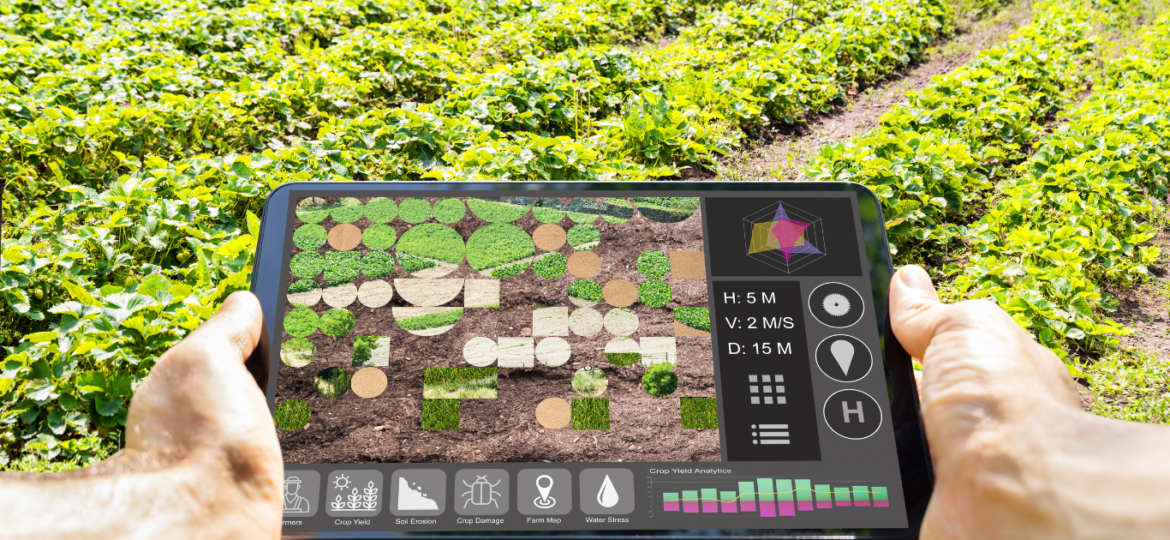
OPINION – Thomas Hall, Director Agtech and Logistics Hub
Electric driverless tractors controlled by smartphones, vegetable-planting robots and soil sensors capable of monitoring temperature, moisture and pests in real-time.
It may sound like a scene out of a sci-fi movie, but it will be the reality for our farmers in the not-too-distant future.
A digital revolution in agriculture is well underway, with the sector transitioning to automated and data-driven environments from paddock to plate.
In food manufacturing we are seeing a rapid uptake in automation to tackle mundane tasks like labelling, stacking and pallet-wrapping.
On the farm, the transition to automation has well and truly begun with farmers employing technology like drones and sensors to collate information about their crops to guide their decisions.
But there’s a new emerging trend with the potential to change farming in ways many would have never thought possible – artificial intelligence (AI) driven automation. We’re talking about technology like robots that can plant fruit and vegetables, sensors equipped to monitor plant and soil health and driverless farm machinery.
Right now, there are several companies developing fully autonomous tractors. John Deere, for instance, has been working on a tractor that can steer itself and is linked to an app letting farmers start and stop the vehicle and see how much fuel is left in the tank.
Incredible AI technology is also undergoing tests, which is great news for the increasing number of farmers who are turning towards automation to increase production, efficiency, profitability and sustainability.
But adopting autonomous farming practices can be challenging. High costs associated with autonomous technology present a huge barrier for many farmers. For example, robotic planters must carry water or pesticides with significant weight so the hardware must be built differently and that results in higher production costs. Specialised autonomous equipment can also be expensive to fix.
Then there’s the issue of connectivity. In the past year alone, the Agtech and Logistics Hub has helped more than 1300 farms connect to a network. There are many farmers who simply don’t have the internet connection required to operate robots or data-driven equipment.
On top of these challenges, automation carries risks such as over-fertilisation and cyber attacks.
But the opportunity is huge. With increased automation, farmers can grow more food on less land with fewer inputs and less manpower.
This is critical given farmers are finding it difficult to source workers at a time when the world’s population is rapidly growing. The world’s population is projected to reach 10 billion by 2050 – that’s an extra two billion mouths to feed!
Farm automation or ‘smart farming’ is the future. Not only will it improve farm productivity and profitability but will also benefit the environment and ensure we have enough food to feed the planet.
This Breaking Ground column was first published in the October 2022 edition of Queensland Farmer Today.

